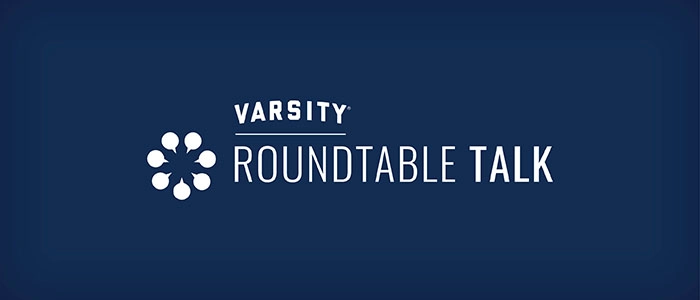In celebration of National Wellness Month in August, we’re talking to Becky Anhorn, fitness and wellness director at Meadowood Senior Living, a faith-based, single-site Life Plan Community in Worcester, Pennsylvania. Becky is legendary at Meadowood for her enthusiasm for wellness. She has a passion for helping every individual achieve the highest level of well-being possible.
Hi, Becky! Thanks so much for taking the time to talk with us today. Can you tell us a little about your background?
In addition to my fitness and wellness training, I have a master’s in social work, and I’ve been a dancer all my life.
What’s your experience been like at Meadowood?
It’s been pretty amazing. I’ve built so much rapport with the staff and residents here. It’s a very welcoming, progressive and innovative environment. As far as ideas go, nothing’s really off the table.
How is the wellness program unique?
We’re always looking at new trends that are out there across the country and incorporating them. It’s a diverse age group, so some residents work 9 to 5 and are looking for evening programming, while some prefer to work out in the morning and have different interests outside of the community. It’s really taking a look at the population as a whole and programming accordingly.
Can you talk about your commitment to employee wellness?
We believe that, if we have healthy staff, then we have healthy residents. That’s why we offer five staff fitness classes a week and pop-up wellness events, from aerobics to meditation to a softball league and wellness walks. We feel that there should be fun in fitness! It’s a breakaway from the day-to-day of work — just taking an opportunity on a lunch break to head out on the fitness courtyard and play badminton, enjoy snacks, be with other people and step outside of our comfort zone.
How does Meadowood nurture all six dimensions of wellness?
We don’t just look at the physical piece, but at all of the components that contribute to well-being. We offer tai chi, yoga, brain health classes and a lot of specialty classes. Our 11 certified wellness team members come from very diverse backgrounds. We have personal trainers, a dementia specialist, two people with a social work background and a wellness coach who is also an author. All of us collaborate to offer expertise that covers all dimensions of wellness.
What has been the reaction to all of the wellness offerings?
Our participation rates have gone up exponentially in the past year. I think that is attributed to the fact that residents and staff have a lot of say in their wellness program.
What role does technology play in wellness?
It helps us keep track of the residents’ progress. It’s starting at a baseline, doing a fitness test, seeing their balance, coordination, mobility and fitness levels and tracking all that to navigate their individual wellness programs.
What’s the most rewarding part of your job?
Seeing people open themselves up to a different level of wellness than they thought possible. Residents come to me and say, “I took a stress test, and there were a lot of red flags for me. Then I started taking your classes, and I passed the stress test with flying colors. I know it has to do with the programming that you have here.” That makes me want to come into my job every day. It’s really the impact that I’m having on the residents and seeing that they’re living healthier, better lives.
For more wellness insights from Becky, watch the video below.
